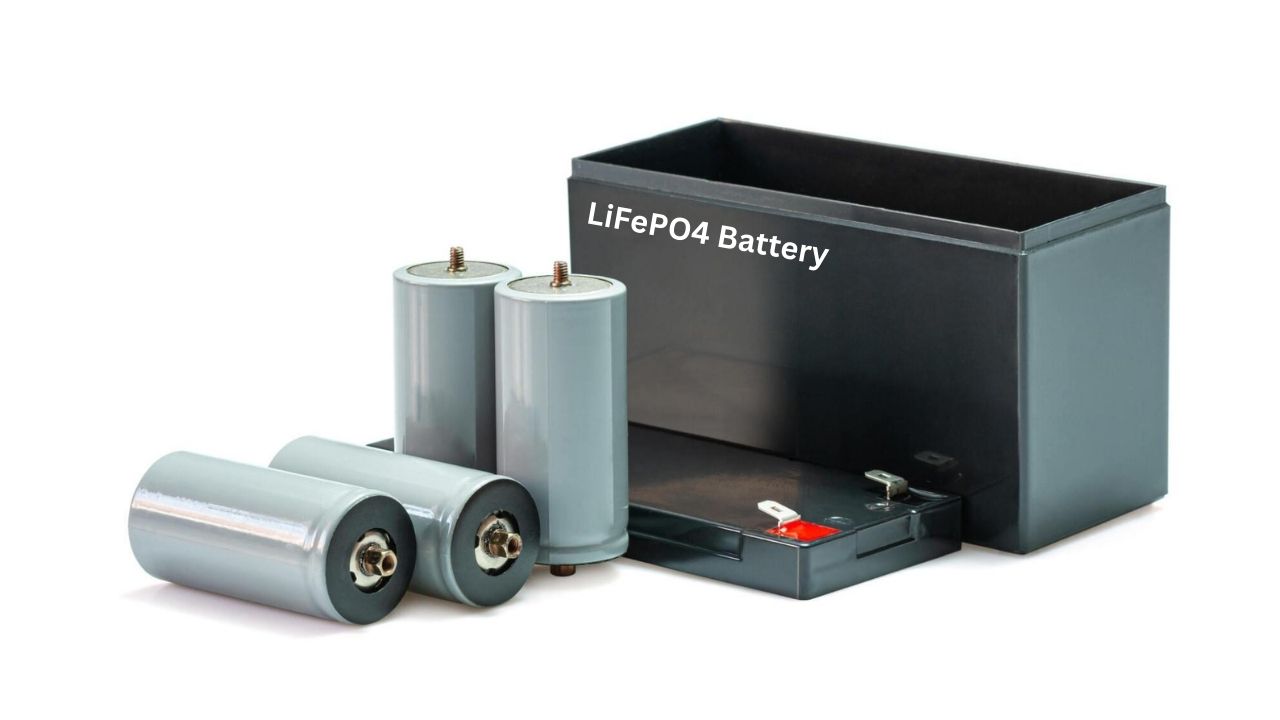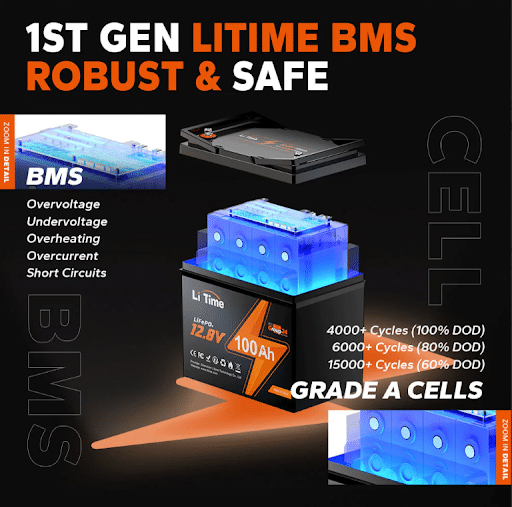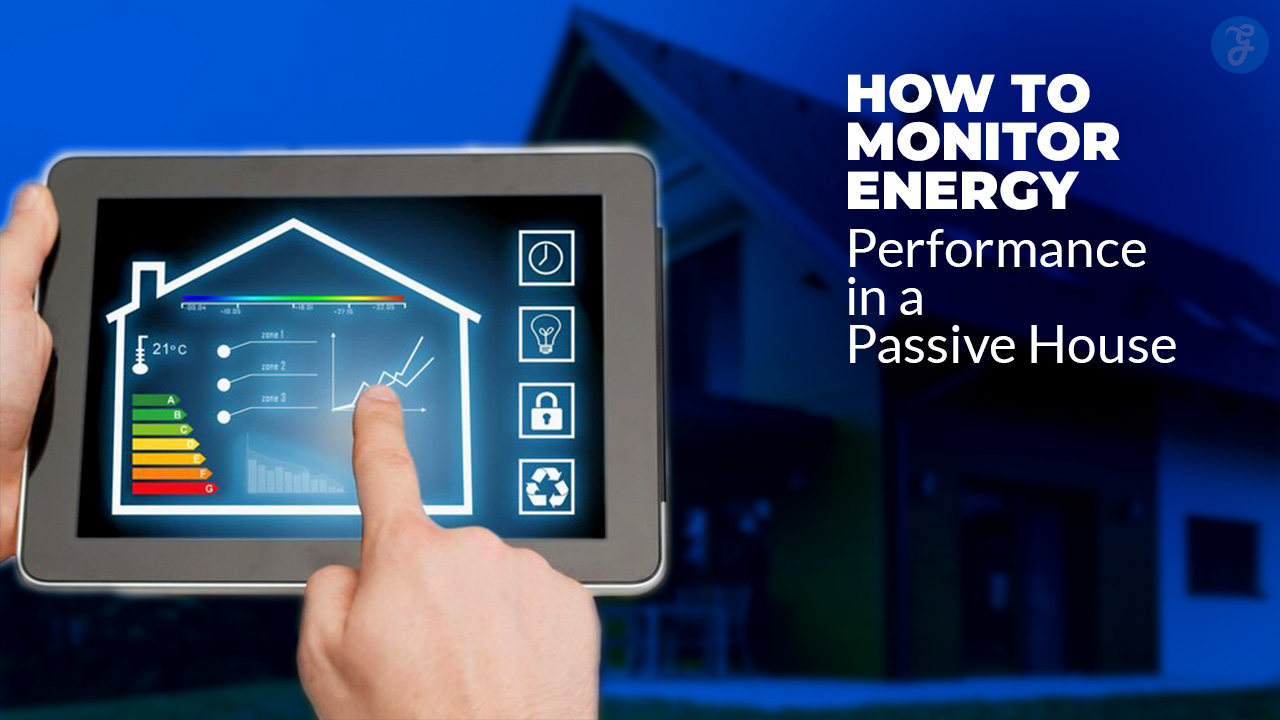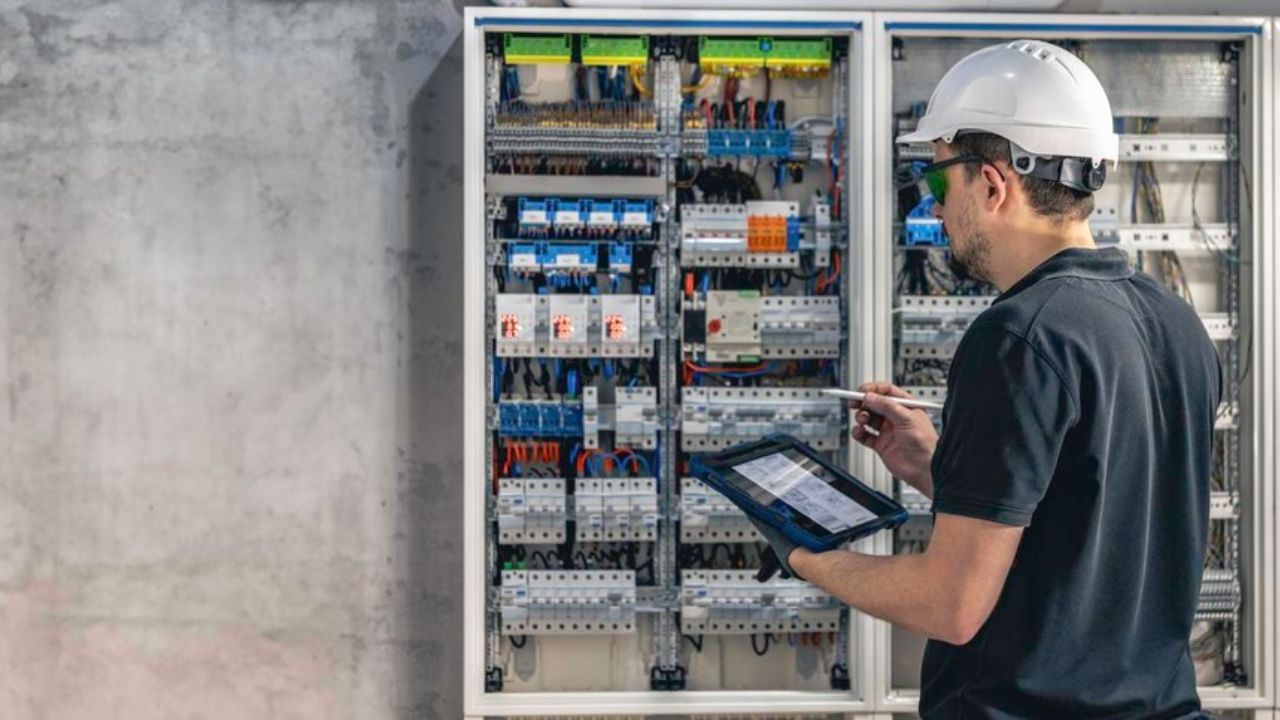Lithium iron phosphate (LiFePO4) batteries are a popular type of rechargeable battery for their safety, long lifespan, and stability. However, like any rechargeable battery, LiFePO4 batteries still require proper maintenance to maximize their performance and longevity.
Why Do LiFePO4 Batteries Need Maintenance?
When you invest in a quality LiFePO4 battery, manufacturers back it with a multi-year warranty to give you peace of mind. For example, industry leader LiTime provides a full 5-year warranty on their lithium batteries – a clear sign they are designed to last.
In fact, with proper care and handling according to the manufacturer’s instructions, most LiFePO4 batteries will comfortably exceed their warranty period. Their stable lithium-iron phosphate chemistry makes them highly durable and low maintenance over thousands of charge cycles.
While all lithium batteries involve moving lithium ions to provide power, LiFePO4 chemistry sets itself apart through unparalleled safety and ease of use. Among lithium technologies, LiFePO4 requires the least fuss to maintain optimal performance for years on end.
What Makes LiFePO4 Maintenance-Free?
So what really makes LiFePO4 so maintenance-free? Its non-toxic and thermally stable iron phosphate cathode eliminates the risks associated with other lithium chemistries. There is no need for electrolyte top-ups or monitoring for dangerous gas buildup. Impressively, LiFePO4 batteries can even be gently discharged to zero volts without damage.
By selecting a trusted LiFePO4 brand, users gain a long-life battery solution that simply works year after year with zero hassle. Simply follow the basic charging and storage guidelines provided to take full advantage of this maintenance-free lithium chemistry’s incredible longevity and low total cost of ownership.
How Do You Maintain a LiFePO4 Battery?
A LiFePO4 lithium battery from LiTime comes with an inbuilt Battery Management System (BMS). This specialized monitoring circuit oversees charging, discharging, and operating conditions to automatically prevent issues like overcharging or extreme temperatures. The BMS safeguards your investment while requiring minimal supervision.
However, a few simple care steps on your part will keep your LiFePO4 battery performing like new.
1. Charging and Discharge
Partial Charging is Fine: Unlike some other lithium chemistries, LiFePO4 batteries don’t require full charging every time. Partial charges are acceptable and won’t harm the battery.
Use a Compatible Charger: Always use a charger specifically designed for LiFePO4 batteries. LiTime batteries come with their own smart charger, which ensures optimal charging parameters. Using a lead-acid battery charger to charge a LiFePO4 battery can result in undercharging. Undercharging a LiFePO4 battery can lead to reduced battery capacity over time. The battery may not be able to hold as much charge as it should, affecting its overall performance and runtime.
Charge at Moderate Temperatures: Ideal charging temperatures range from 0℃ to 50℃ (32℉ to 122℉). Steer clear of charging your battery in conditions of extreme heat or cold.
Even though LiFePO4 batteries permit users to discharge them fully without causing immediate damage, it is important to adhere to an optimal charge/discharge range. For LiFePO4 batteries, the ideal state of charge (SOC) range is 10% to 90%. To maintain stable internal chemistry, it is advised to stop charging at 90% SOC and to cease discharging at 10% SOC. This range can be easily configured using a Battery Management System (BMS), charger, or inverter. Additionally, it is recommended to conduct a full recharge every 6 months to maintain the battery’s health and performance.
Can LiFePO4 Batteries Be Fully Discharged?
Yes, LiFePO4 batteries stand out for their ability to be fully discharged without detrimental effects. This is a key advantage over alternatives like lead-acid batteries, which demand a minimum 50% charge to remain operational.
2. Storage and Transportation
Store in Cool, Dry Place: Store your LiFePO4 battery in a cool, dry place with moderate temperatures. Avoid prolonged exposure to heat or humidity.
Maintain Partial Charge: When storing for extended periods (more than a few months), keep the battery at a partial charge of around 30-50% SOC. This helps maintain battery health.
Avoid Metal Contact: During storage and transportation, ensure that the battery terminals don’t come into contact with metal objects. This can cause short-circuiting and potential hazards.
3. Monitoring and Maintenance
Regular Inspections: Periodically inspect your LiFePO4 battery for any signs of damage, corrosion, or leaking. Promptly address any issues that arise.
Follow Manufacturer’s Guidelines: Always refer to the manufacturer’s instructions and recommendations for specific care and maintenance details of your LiFePO4 battery.
4. Operation Temperature Guideline
Charge Temperature: LiFePO4 batteries maintain their optimal performance within a charge temperature range of 0℃ to 50℃ (32℉ to 122℉). Charging your battery within these moderate temperatures ensures efficient charging and contributes to the longevity of the battery.
Discharge Temperature: Operating within the range of -20℃ to 60℃ (-4℉ to 140℉) allows LiFePO4 batteries to effectively discharge energy while maintaining optimal performance. This wide temperature range makes LiFePO4 batteries versatile and reliable in various environmental conditions.
Storage Temperature: When your LiFePO4 battery is not in use, it is important to store it within a temperature range of -10℃ to 50℃ (14℉ to 122℉). Storing the battery within this range helps preserve its capacity and prolong its overall lifespan.
Adhering to these operation temperature guidelines ensures that your LiFePO4 battery operates efficiently and maintains its performance and reliability even in challenging environmental conditions.
Frequently Asked Questions about Maintaining LiFePO4 Lithium Battery
What is the optimal charging voltage for LiFePO4 batteries?
LiFePO4 batteries should be charged using a voltage between 3.2V and 3.6V per cell, with 3.3V to 3.4V being the most common charging voltage. It’s important to use a charger specifically designed for LiFePO4 batteries to ensure the correct charging parameters are met.
How often should I perform a full recharge of my LiFePO4 battery?
It is recommended to perform a full recharge of LiFePO4 batteries every six months to balance the battery cells and maintain their health and performance.
Can LiFePO4 batteries be fully discharged without damage?
Yes, LiFePO4 batteries can be fully discharged without harm, making them ideal for applications that require deep discharging. However, frequent deep discharge may reduce the overall lifespan of the battery.
How can I keep my LiFePO4 battery performing well over time?
Taking care to avoid overcharging and over-discharging, as well as storing the battery within the recommended temperature range, will help maintain the performance and longevity of LiFePO4 batteries. It is also important to follow the manufacturer’s guidelines for care and maintenance.
Is it essential for LiFePO4 batteries to have a Battery Management System (BMS)?
While LiFePO4 batteries can function without a BMS, having an integrated BMS enhances safety and performance by providing key protections during charging, discharging, and in extreme conditions.
Conclusion
Maintaining your LiFePO4 battery is straightforward yet essential for its durability and performance. Simple steps make a big difference: use the right charger, keep an eye on charge levels, store it properly, and inspect regularly. Embrace the partial charge capability without fear of damaging the battery, but aim to fully recharge every six months for optimal health. Although LiFePO4 batteries can withstand full discharges, it’s best to operate within the recommended ranges to safeguard their lifespan.
Storing your battery in a cool, dry place, avoiding extreme temperatures, and using a Battery Management System (BMS) for added protection will also help in maintaining its efficacy. Adhering to the manufacturer’s guidelines will unlock the full potential of your battery, allowing you to enjoy its low maintenance and long-lasting benefits. Proper care not only extends the life of your LiFePO4 battery but ensures it remains a reliable power source through its years of service.
















































